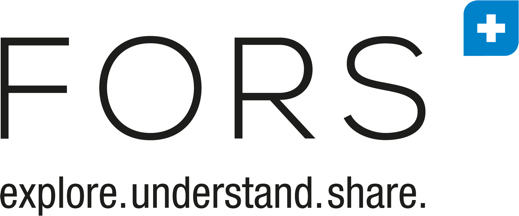Quantitative data anonymisation: practical guidance for anonymising sensitive social science data
Quantitative data anonymisation: practical guidance for anonymising sensitive social science data
FORS Guide Nº 23
Kleiner, B. & Heers, M. (2024). Quantitative data anonymisation: practical guidance for anonymising sensitive social science data. FORS Guides, 23, Version 1.0, 1-17. https://doi.org/10.24449/FG-2024-00023
data sharing, data protection, data management
In the social sciences, requirements from funders and journals to make data available often present difficulties for researchers because of data protection issues. Anonymisation is a good solution for addressing the challenges of personal and sensitive data. This FORS Guide provides some practical guidance on how to select and apply techniques for anonymising quantitative data within a larger strategic framework for sharing.
© the author 2024. This work is licensed under a Creative Commons Attribution 4.0 International License (CC BY 4.0)
2024

 Bâtiment Géopolis,
Bâtiment Géopolis, +41 (0)21 692 37 30
+41 (0)21 692 37 30

